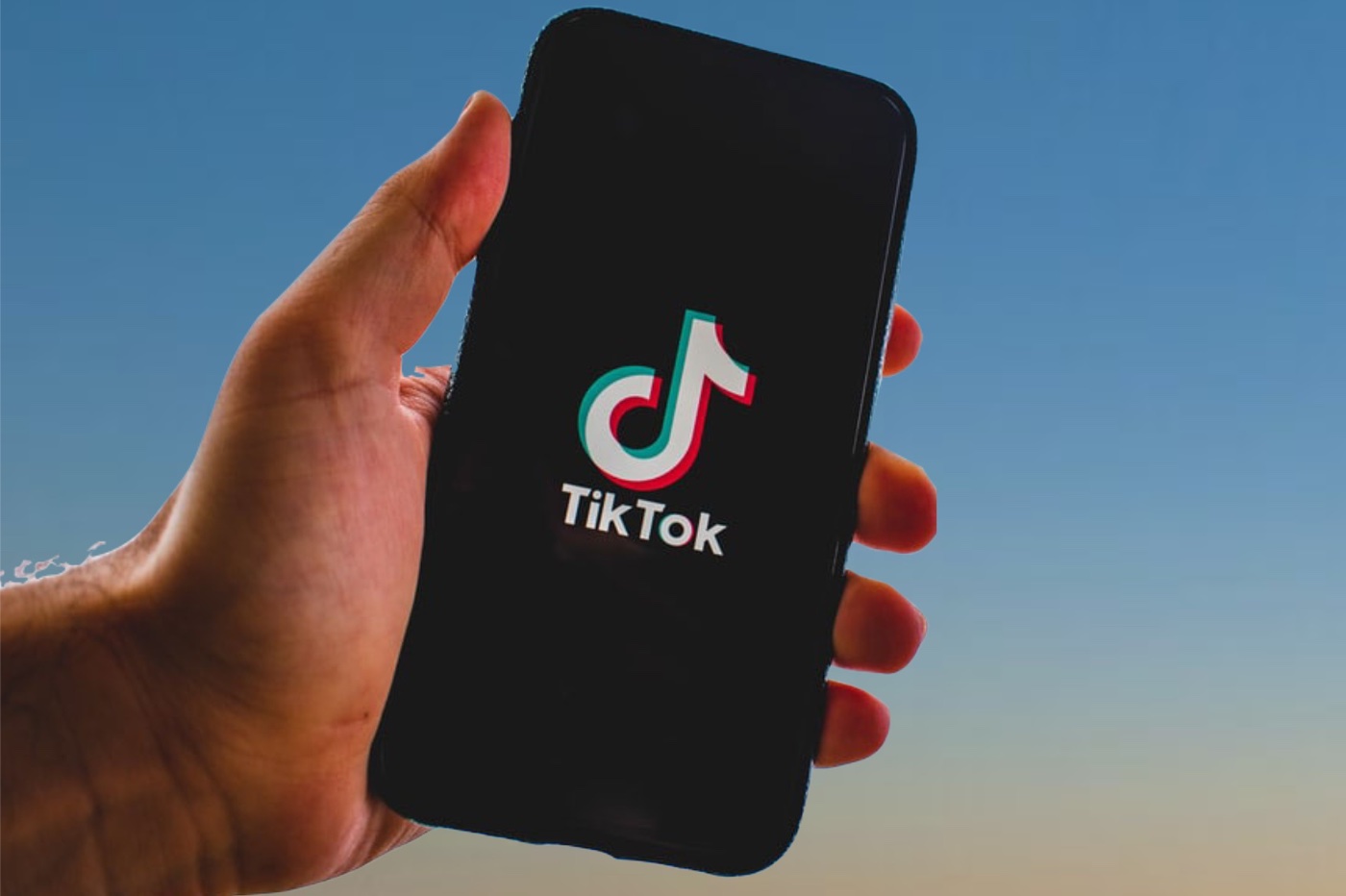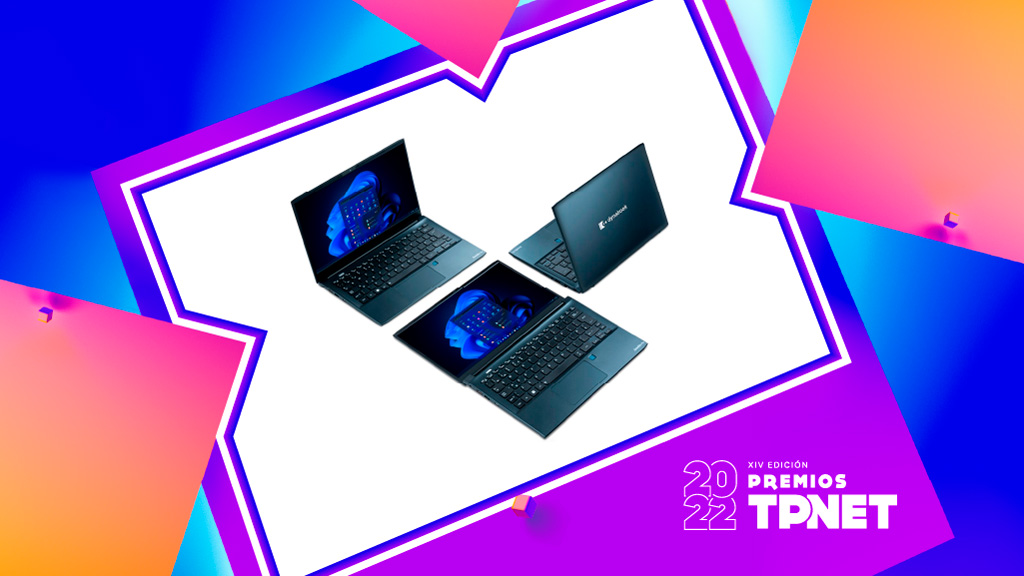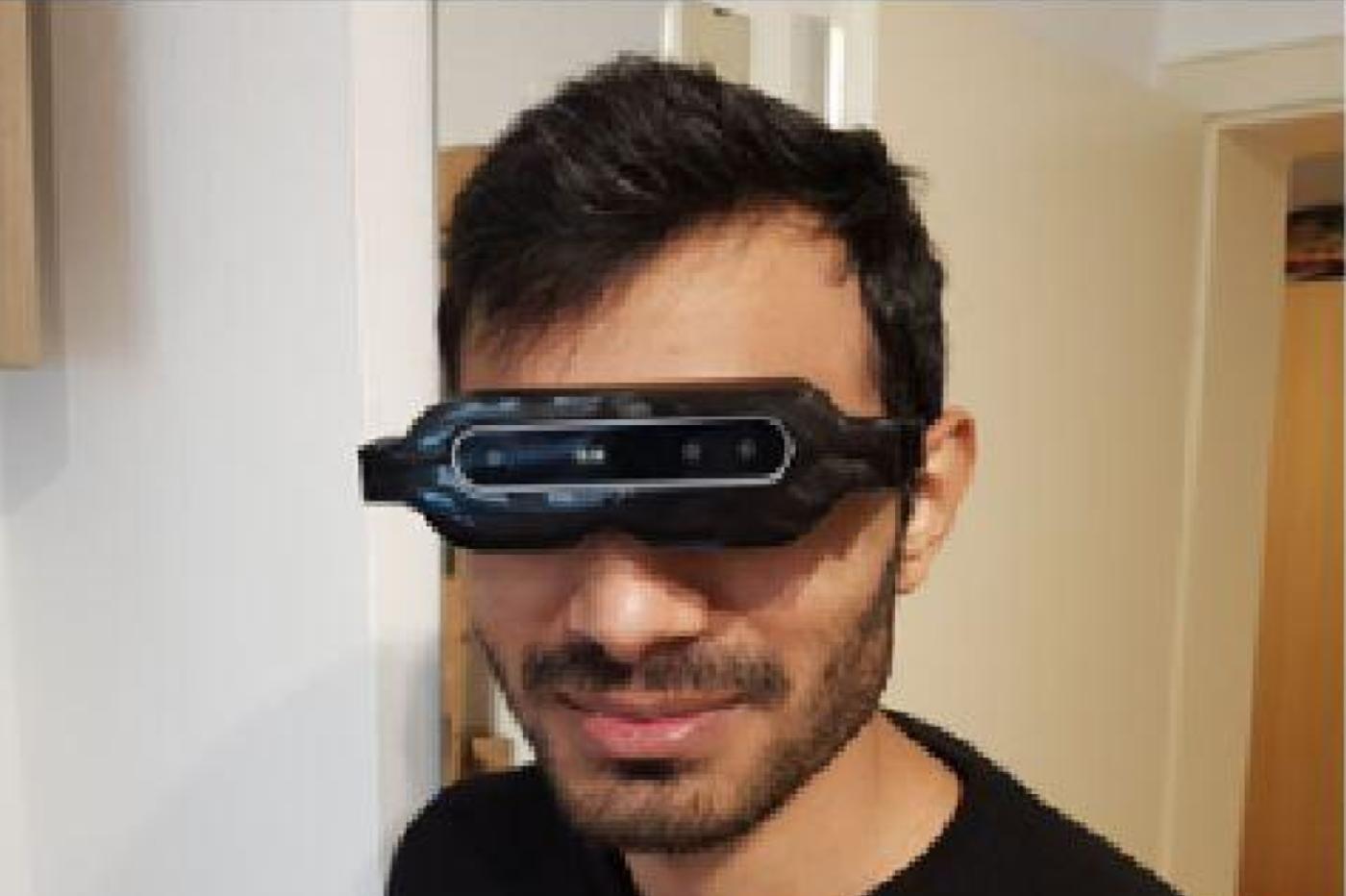
While waiting to be able to cure blindness, the only solution is to try to circumvent it; a new generation of haptic equipment could well be a game-changer at this level.
Blindness is one of those disabilities whose management is beginning to improve slightly thanks to technology. But while waiting for a remarkable advance in regenerative medicine or on the side of brain-machine interfaces, people who suffer from it still often depend on relatively rudimentary tools and infrastructures. German researchers at the Technical University of Munich want to change that with a new kind of haptic feedback glasses.
On first reading, this combination seems curious; it is indeed a technology that we instinctively associate with tactile equipment, or at least manual, since this word is derived from the Greek haptein which means touch. And this is indeed the case here, since these glasses do not work alone. They work in tandem with a special sleeve that is worn on the forearm; it is in this element that hides the haptic feedback technology.
Two depth sensors at the service of a motorized sleeve
During use, it all starts with the glasses. First particularity: unlike the majority of mobility assistance systems, this one is not based on Microsoft’s Kinect. Instead, there are two Intel Realsense D415 infrared cameras mounted on a 3D printed base. The model is different, but the philosophy is the same; they are responsible for mapping the environment, thanks to their depth sensors.
The data from the cameras are then processed to be redistributed on the surface of the sleeve; it is he who takes care of the haptic feedback itself. Each of the 25 areas of the virtual field of vision corresponds to a different area of the sleeve. The different cells of the sleeve each carry a small motor, so that the interpretation is as simple as possible.
Thus, as soon as the infrared camera detects an obstacle in the field of vision, the corresponding area of the forearm begins to vibrate more or less strongly depending on the distance. Theoretically, with a little practice, this should allow people with total blindness to recover a semblance of very low resolution “vision” through touch.
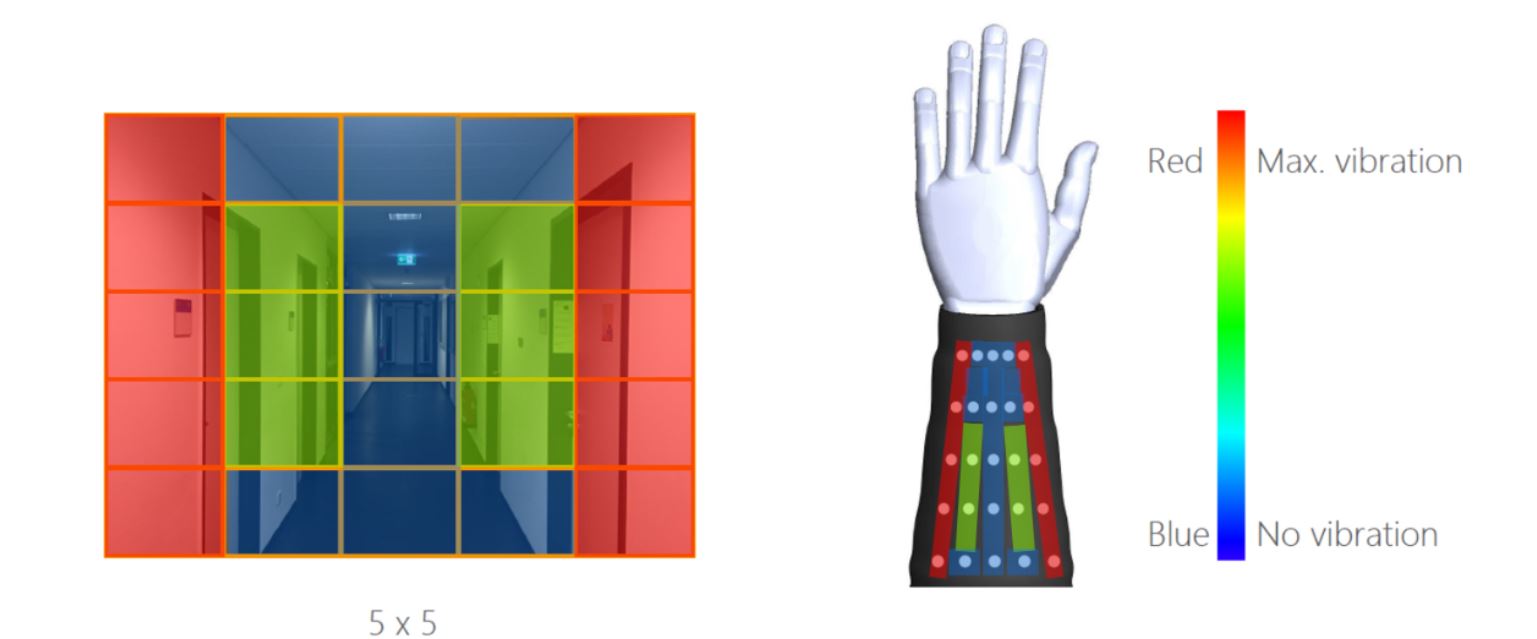
An approach that works in practice
A philosophy that inevitably recalls the oldest of mobility aids: the cane, which still accompanies many visually impaired and blind people on a daily basis. But this system promises to do better in many ways, starting with the ergonomic aspect. This “digital cane” makes it possible, for example, to identify obstacles up to three meters away, and this without moving a finger, unlike a good old analog cane.
This new approach still had to prove its usefulness in the face of a technology that was certainly quite rudimentary, but which has continued to prove its worth for centuries. And that’s what the engineers managed to do through a rather impressive proof of concept.
They started with a step that served as both calibration and training for the patients, so that they could instinctively interpret the indications of the haptic sleeve. And the results were satisfactory; after just three trials, each separated by a week, more than 70% of patients were able to accurately discern an “image” produced by a combination of motors.
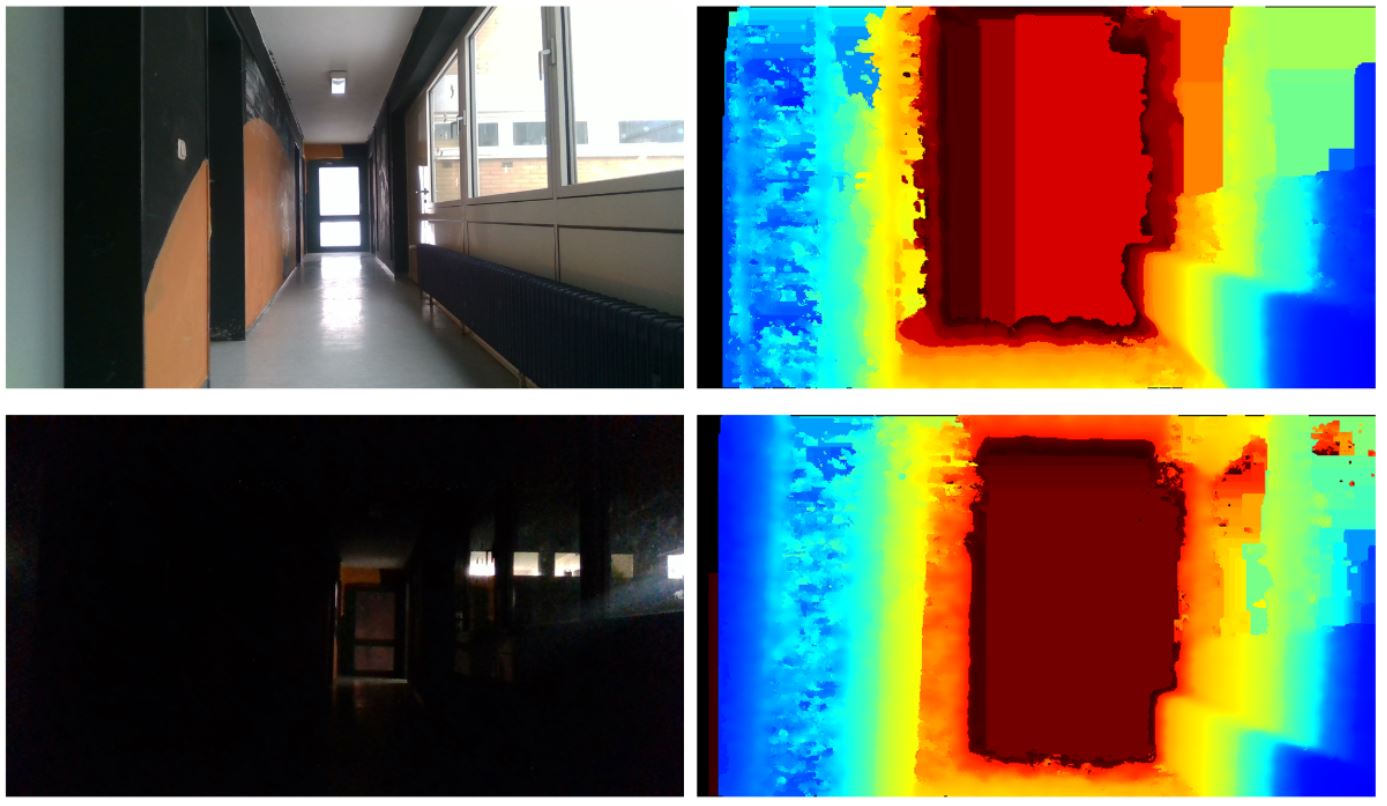
The digital cane of the future?
An encouraging result, which however needed to be confirmed in real conditions. Once this stage was completed, they therefore subjected the participants to an obstacle course which would traditionally be quite laborious for a person equipped with a simple cane. It indeed included many doors and narrow passages as well as various and varied obstacles.
Despite this complexity, 80% of the participants managed to reach the end of the course thanks to the indications on the sleeve. In addition, during successive tests carried out with a one-week interval, users managed to reduce travel time by approximately 53%. However, this figure must be taken with a grain of salt; indeed, the different tests were all based on the same route, and not on a random route. There may therefore be a part of memorization which the researchers have completely ignored.
But the practical interest of this system seems nevertheless indisputable. It obviously remains perfectible, but this score is nevertheless quite impressive; indeed, the candidates had a rather limited experience with this system which one imagines rather counter-intuitive at first sight. The results could therefore be even significantly better if the sleeve was worn permanently.
Beneath their air of Robocop costume pieces bought on a dubious Chinese site, these glasses are therefore a very interesting proof of concept. This is the kind of technology that can help alleviate the burden of this disability as much as possible, thus allowing them to recover a small part of their autonomy.
The text of the study is available here.
